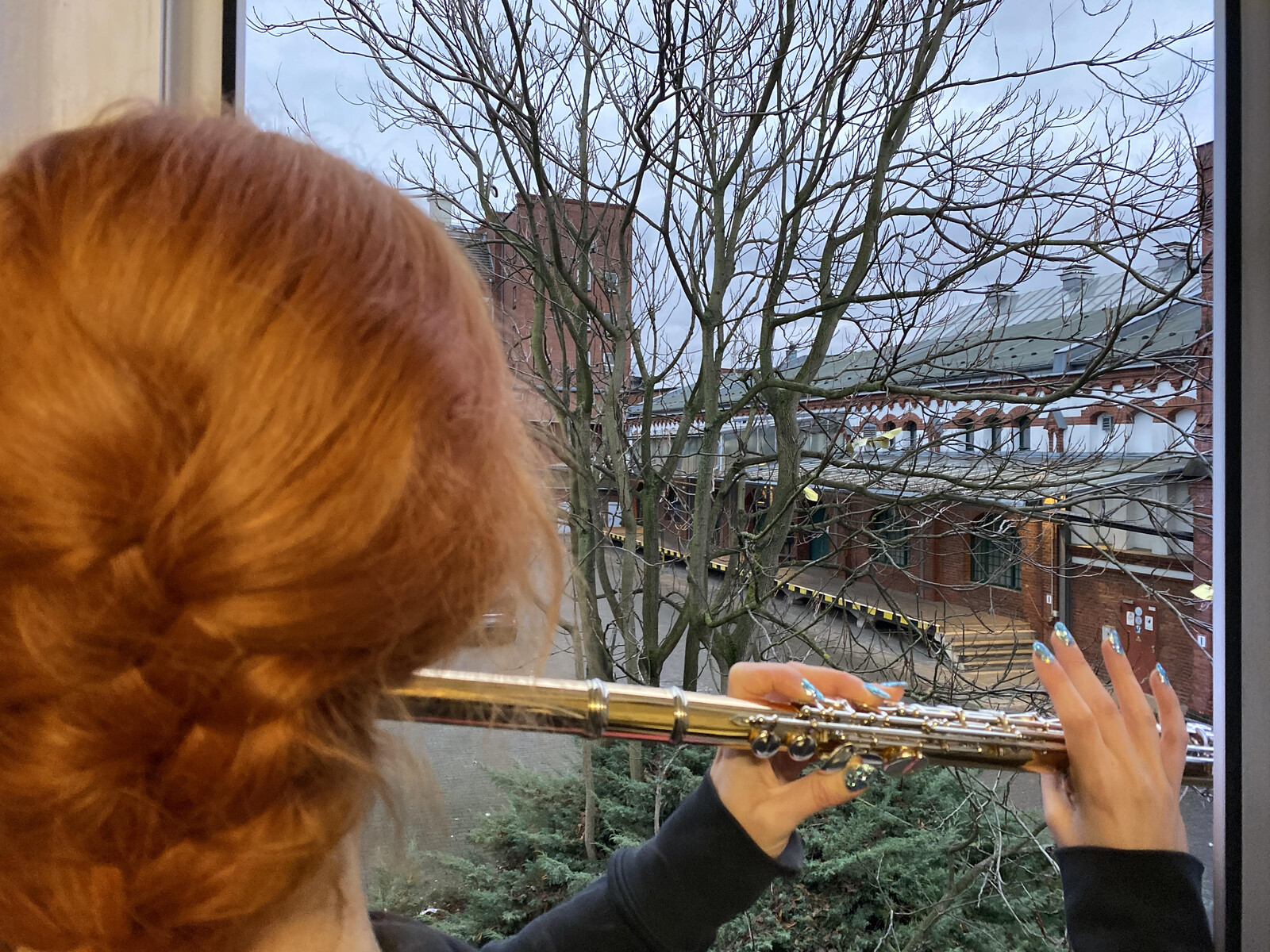The Polish author Olga Tokarczuk pities those whose first language is English. Imagine how “lost” they must feel in a world, she writes in Jennifer Croft’s translation of Flights (2017), “where all the lyrics of the stupidest possible songs, all the menus […] are in their private language. They may be understood by anyone at any moment, whenever they open their mouths.” She speculates that English-speakers must communicate through special codes, reports a rumor that there are plans to supply them with a “little language of their own, one of those dead ones no one is using anyway, just so that for once they can have something to themselves.”1
The existence of a lingua franca is not a wholly bad thing, yet Tokarczuk’s compassion for those who cannot escape it speaks to our generation’s dawning realization that to be free we need a space in which to talk privately as much as a forum in which to speak publicly. In our panopticon culture, her point begs a question: what if art might serve to draw a screen around its makers rather than make them comprehensible to “anyone at any moment”? If rather than aspiring to the transparency of a universal discourse, works of art might establish something closer to the “special codes” and “little languages” which Tokarczuk hopes might be gifted to those whose every statement is doomed to be public property?
Art in this mode might show us “how not to be seen,” to borrow a phrase from Hito Steyerl. Needless to say, this has ramifications for art criticism, especially when published in English. But they are by no means fatal: to write about art is, after all, to accept as a first principle that not everything can be articulated in language. Otherwise, why bother with the art, which is so infuriatingly messy and resistant of the clean lines of theory? Criticism is fundamentally a negotiation between public and private languages, a series of decisions about what can be revealed and what cannot be known, a form of expression with its own codes and vocabularies, an exercise in foregrounding the points at which words fail. Or at least these are the ideas we hold onto.
These thoughts come to mind because a number of the pieces we publish this month address those points at which a globalized discourse maps imperfectly onto local conditions. An ostentatiously internationalist exhibition of contemporary art amidst the Pyramids of Giza prompts two Cairo-based writers to weigh its claims to showcase the “ongoing inclusiveness of contemporary cultural practices” against the exclusionary reality of life under an authoritarian regime. We’ll have a roundup from Art Basel Miami Beach, among the most jarring of all the stops taken by the art fair caravan, and a reflection on how Nam June Paik’s recent retrospective in San Francisco reflects the soured utopias of Silicon Valley. All supplemented, of course, with reviews from São Paulo, Vienna, and Cape Town, among other places. These situated works of art and their interpretations cannot be reconciled into a single coherent discourse comprehensible “by anyone at any moment,” and are instead liable to rub uncomfortably up against each other. But that might be the point.
Each month, to accompany the editors’ letter, we publish a photograph from an artist’s place of work. This month we feature Marianna Simnett, a British-Croatian artist based in Berlin whose interdisciplinary practice explores the body as a site of transformation. Recent exhibitions include Julia Stoschek Collection, Berlin (2021); the Institute of Modern Art, Brisbane (2020); Kunsthalle Zürich (2019); the New Museum, New York (2018); and Museum für Moderne Kunst, Frankfurt (2018).
Olga Tokarczuk, Flights (trans. Jennifer Croft) (London: Fitzcarraldo, 2007/2017), 183.
